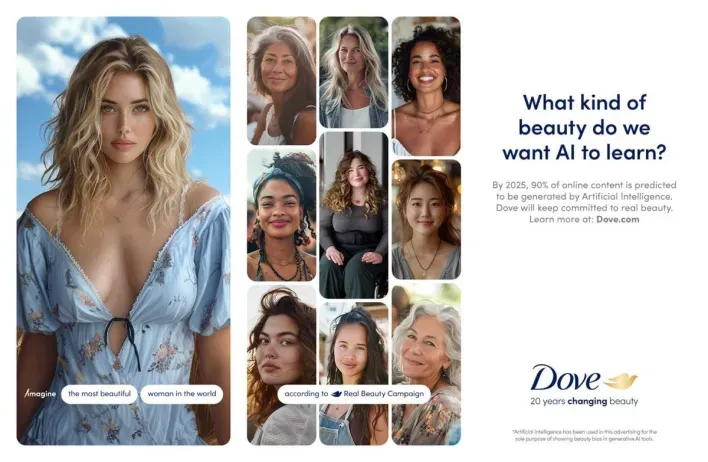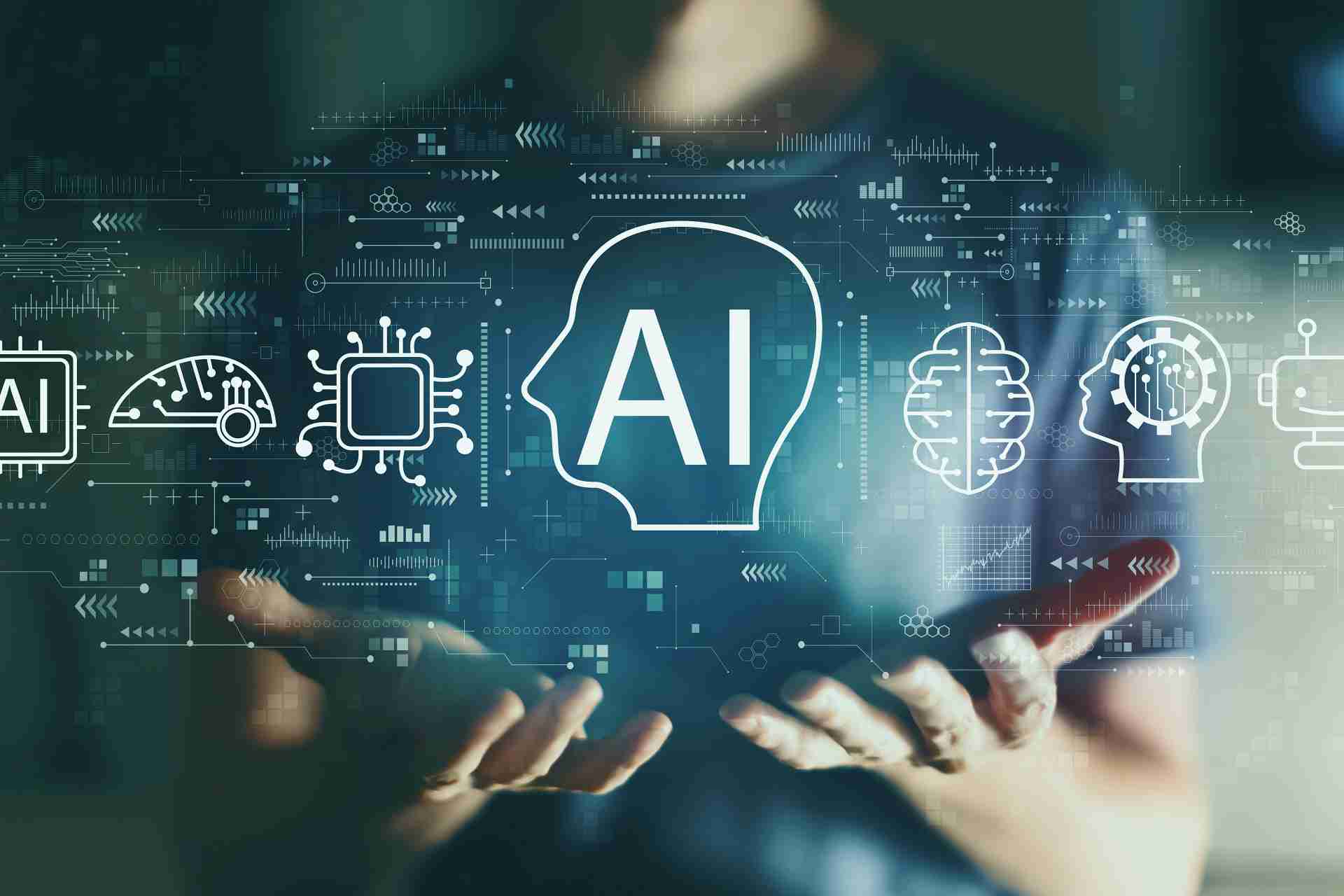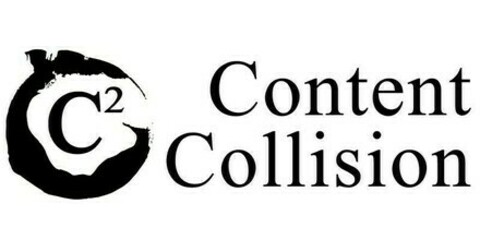Dove's new campaign: 20 years of empowering real beauty, rejecting AI alterations
As artificial intelligence reshapes online content, Dove vows to keep beauty real and transparent, avoiding AI distortions.

In 2024, Dove celebrates a significant milestone—20 years of advancing the real beauty agenda. This year, the brand reasserts its commitment, promising never to use artificial intelligence to create or distort images of women. This pledge aligns with Dove’s latest study, "The Real State of Beauty: a global report," which reveals the alarming influence of harmful beauty standards perpetuated online. An overwhelming majority of women and girls encounter these distorted images, with nearly nine out of ten reporting exposure to such harmful content.
To counteract the challenges posed by AI in beauty representation, Dove has launched "The Code," a campaign focusing on the impact of AI on beauty perceptions while celebrating Dove's enduring legacy. The campaign includes a poignant two-minute film that discusses AI-generated beauty images, underscoring Dove's commitment to authenticity.
Dove’s research indicates a concerning trend: by 2025, AI is expected to generate 90% of online content, posing significant risks to women's wellbeing. About one-third of women feel pressured to alter their appearance based on these AI-generated images, despite understanding their artificial nature.
Supporting this initiative is an inspiring ensemble of influential women, including Reba McEntire, Drew Barrymore, Beanie Feldstein, and Marsai Martin. These women from diverse fields and generations bring their voices and personal stories to the forefront, enhancing the campaign’s message and reach.
Alessandro Manfredi, Dove’s CMO, emphasizes "At Dove, we seek a future in which women get to decide and declare what real beauty looks like – not algorithms. As we navigate the opportunities and challenges that come with new and emerging technology, we remain committed to protecting, celebrating, and championing Real Beauty.”

Dove’s approach is clear: real beauty is defined by real people, not algorithms. As Dove continues to navigate the evolving landscape of technology, it remains steadfast in its dedication to promoting a healthy, realistic beauty narrative—one that fosters happiness and confidence rather than anxiety.
Moreover, Dove aims to establish new industry standards with the introduction of the Real Beauty Prompt Guidelines. These guidelines offer practical advice for generating AI-created images that faithfully represent real beauty, catering to those exploring this burgeoning technology.
However, there is also a silver lining—24% of women and 41% of girls in the US find the ability to experiment with their digital personas using AI somewhat empowering, suggesting that AI can also enhance creativity and self-expression in the realm of beauty.
5 tools to detect AI-generated images
In an era where digital content can be easily manipulated using sophisticated AI technologies, it's essential to have tools that can detect such alterations. Here are five tools designed to identify AI-generated images and videos.

Sensity Visual Detector: Sensity offers a tool that specifically targets the detection of deepfake videos and images. It uses deep learning to analyze visuals for signs that are commonly associated with digital manipulations. This tool is particularly useful for organizations and individuals who need to verify the authenticity of visual content before sharing or using it in a professional context.
Deepware Scanner: This application is designed to detect AI-generated images and videos with high accuracy. Deepware Scanner works by scanning the media file and looking for subtle inconsistencies typically left by generative models, such as unusual patterns in texture or edge artifacts. It's a user-friendly option for those who aren't tech-savvy but need a reliable method to check the authenticity of content.
Microsoft Video Authenticator: Developed by Microsoft, this tool analyzes still photos and videos to provide a percentage chance that the media was artificially generated. The Video Authenticator looks for blending boundaries, inconsistent lighting, and other signs that might indicate manipulation. It's part of Microsoft's broader initiative to combat misinformation through technology.
Reality Defender: Created by the startup company Reality Defender, this tool uses AI to detect synthetic media across various platforms, including social media and news outlets. It integrates with browsers and offers real-time detection, making it an excellent tool for everyday users who want to ensure they are not being misled by fake visuals while browsing the internet.
FakeCatcher by Intel: Intel’s FakeCatcher is one of the leading real-time deepfake detectors, boasting a 96% accuracy rate. It analyzes pixel-level blood flow in video imagery to determine authenticity, a method based on detecting life signs that AI-generated content cannot replicate. This innovative approach makes FakeCatcher a valuable tool for media companies, security organizations, and anyone needing to verify video integrity.
Each of these tools plays a vital role in the fight against digital misinformation, providing users with the means to identify and reject fabricated images, thus supporting a more trustworthy digital media landscape.
ContentGrow is a managed talent network for brands and publishers to work with high-quality freelance writers and journalists worldwide. Sign up to get started or book a discovery call to learn more.





